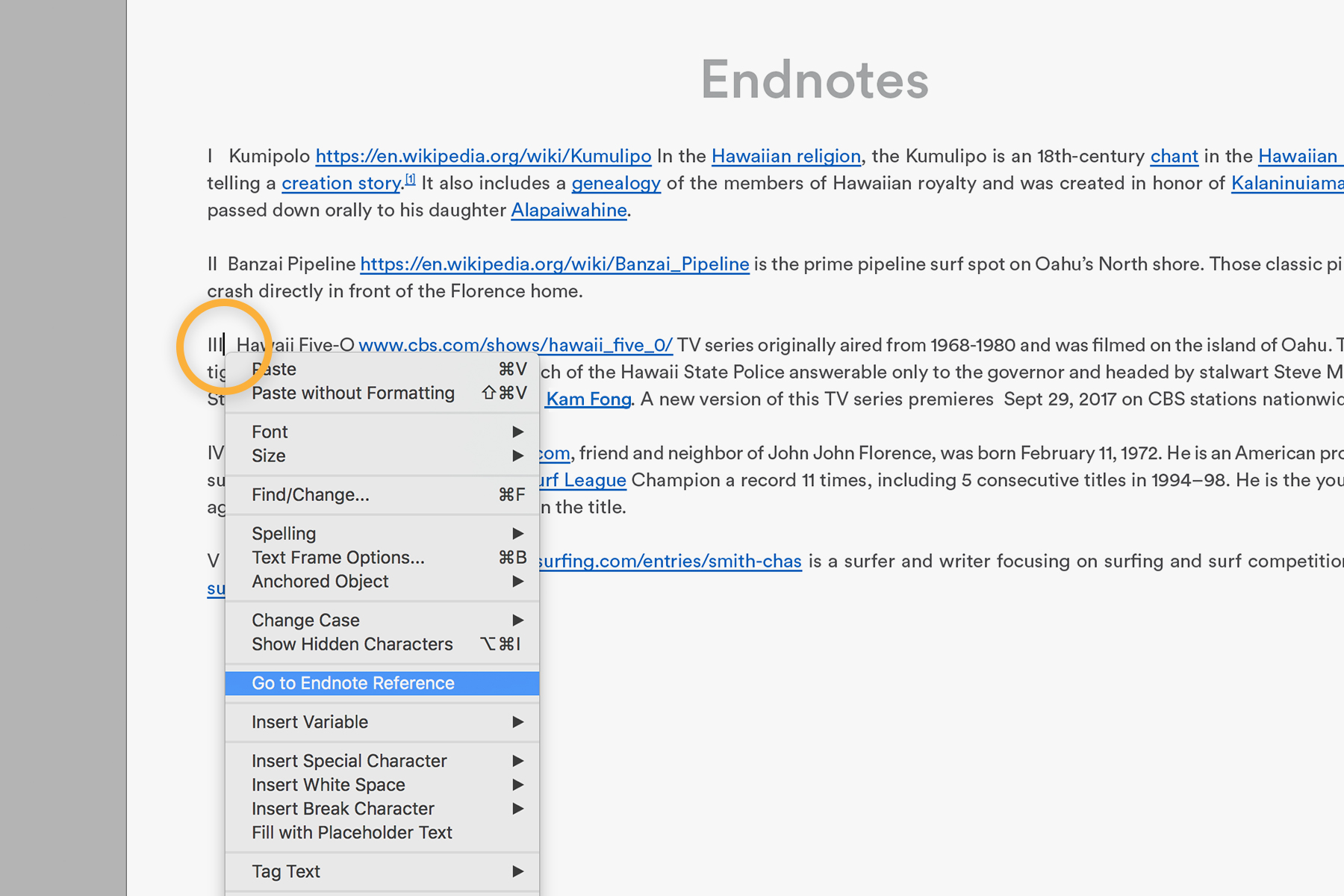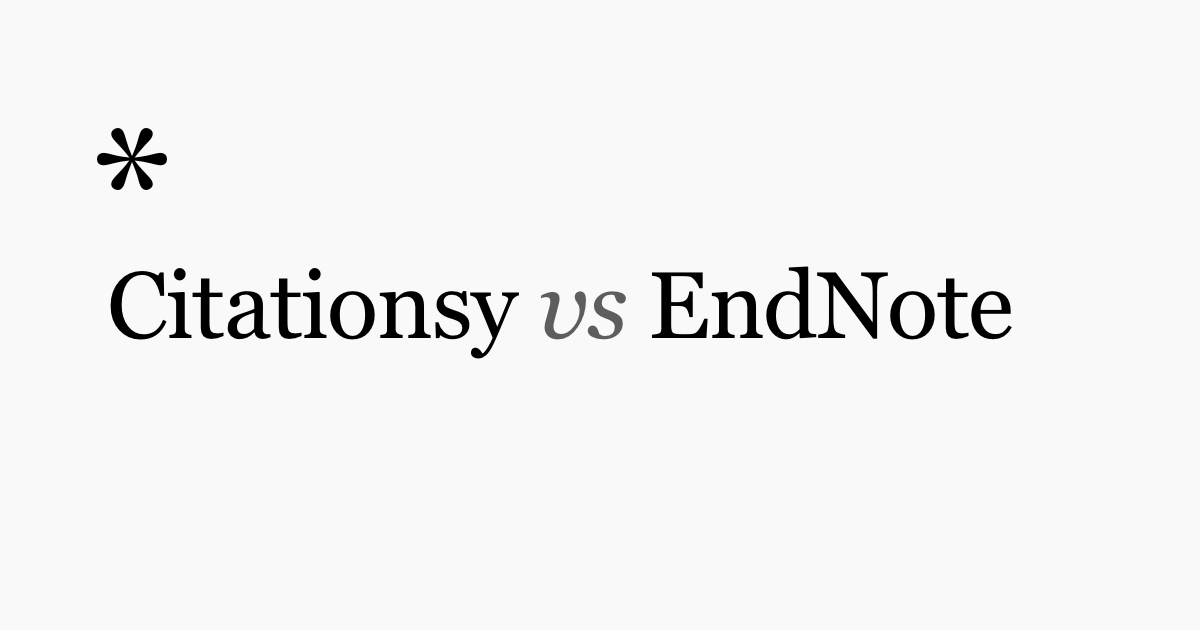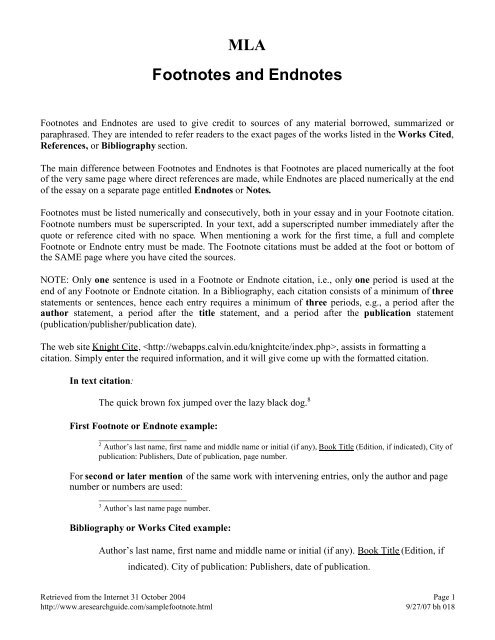
If you have many long notes, you may find that they are best included at the end of the document – otherwise the pages can look very cluttered.

Otherwise, I would suggest using footnotes if you have a small number of references. There may be no preference, or you may find that footnotes are requested (they’re easier for the person reading – and probably marking – your essay, and it’s best not to alienate them!) If you’re writing an academic essay, consult your institution’s style guidelines to find out whether you should use footnotes or endnotes.

I’d have preferred endnotes to the absent footnotes, in that situation – though at least I could use the slip as a bookmark … It’s a balls-up of the highest magnitude for which I apologise profusely. We at Fforde towers would like to apologise for this oversight, and even though I’d like to claim it’s something to do with an attempt to reduce the Stupidity Surplus, it isn’t.

It included a slip of paper with the relevant footnotes on and the apology: My hardback copy of Jasper Fforde’s latest Thursday Next novel, First Among Sequels which was supposed to use footnotes for humorous effect, had none. It’s also not uncommon for footnotes to be accidentally omitted in printing. If a footnote is added or deleted, many pages may have to be redone (since the spacing of the main body of text will change), whereas if an endnote is changed, only a page or two will need resetting. I suspect the use of endnotes is becoming more and more common in order to keep typesetting costs down. There aren’t any general rules about whether footnotes or endnotes should be used, though, and this is up to individual editors and publishers. I agree that it is frustrating to have to flip to the end of a chapter or even the end of a whole book in order to read the notes.

Should You Use Footnotes or Endnotes? By Ali Hale


 0 kommentar(er)
0 kommentar(er)
